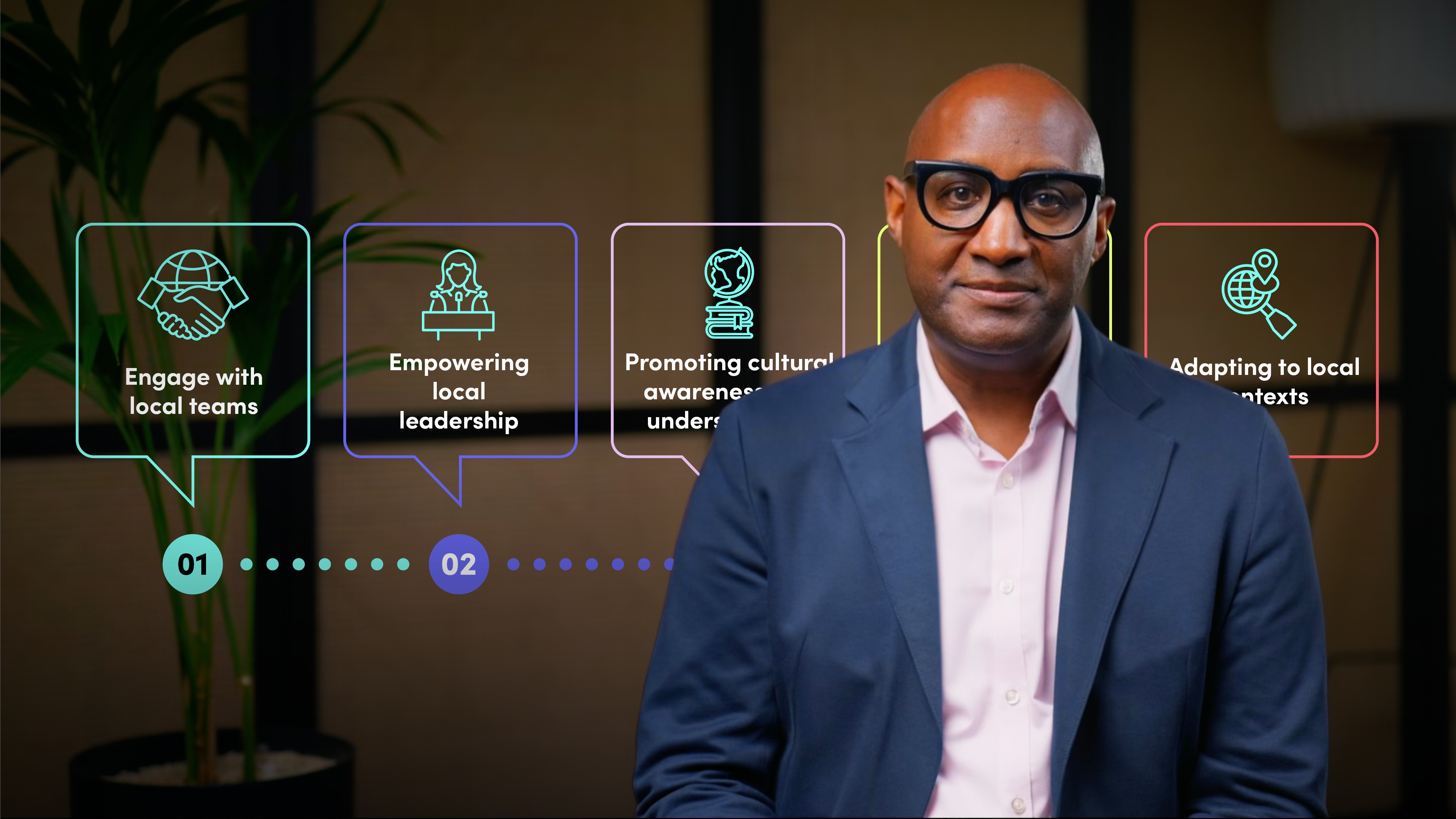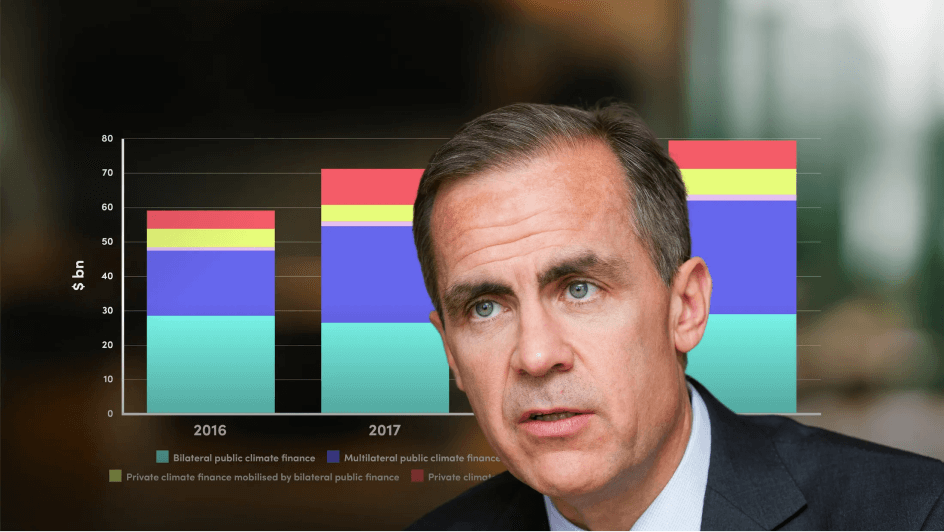
Cultural Awareness in the Workplace I

Gifford Rhamie
Co-founder: Race Excellence
In this video, Gifford explores the power of cultural awareness and cultural intelligence in building inclusive, respectful, and high-performing workplaces. Through real-world examples and thoughtful insights, Gifford unpacks how misunderstandings rooted in cultural differences can impact collaboration, communication, and even brand reputation.
In this video, Gifford explores the power of cultural awareness and cultural intelligence in building inclusive, respectful, and high-performing workplaces. Through real-world examples and thoughtful insights, Gifford unpacks how misunderstandings rooted in cultural differences can impact collaboration, communication, and even brand reputation.
Subscribe to watch
Access this and all of the content on our platform by signing up for a 7-day free trial.

Cultural Awareness in the Workplace I
13 mins 25 secs
Key learning objectives:
Understand how cultural awareness impacts workplace relations and communication
Outline the components of culturally attuned communication
Identify examples of cultural insensitivity in business and marketing practices
Outline strategies for connecting with global opportunities through cultural intelligence
Overview:
Subscribe to watch
Access this and all of the content on our platform by signing up for a 7-day free trial.
- Bottom-up and people-centred
- Responsive to input from local teams
- Adapted to fit different cultural expectations
- Open to dialogue and feedback
- Offensive Halloween costumes being sold by retailers
- Campaigns pulled for reinforcing harmful cultural stereotypes
- Companies using slogans that are misunderstood or offensive in certain cultures
- Access to new markets: Better collaboration with international teams can lead to increased revenue
- Talent acquisition: A broader, more diverse talent pool brings fresh skills and ideas.
- Cost reduction: Outsourcing to regions with lower labour costs can improve profitability
- Innovation: Exposure to different perspectives drives creative thinking and new business models
- Risk mitigation: Operating in multiple regions helps spread and reduce economic or political risk
Subscribe to watch
Access this and all of the content on our platform by signing up for a 7-day free trial.

Gifford Rhamie
There are no available Videos from "Gifford Rhamie"





























